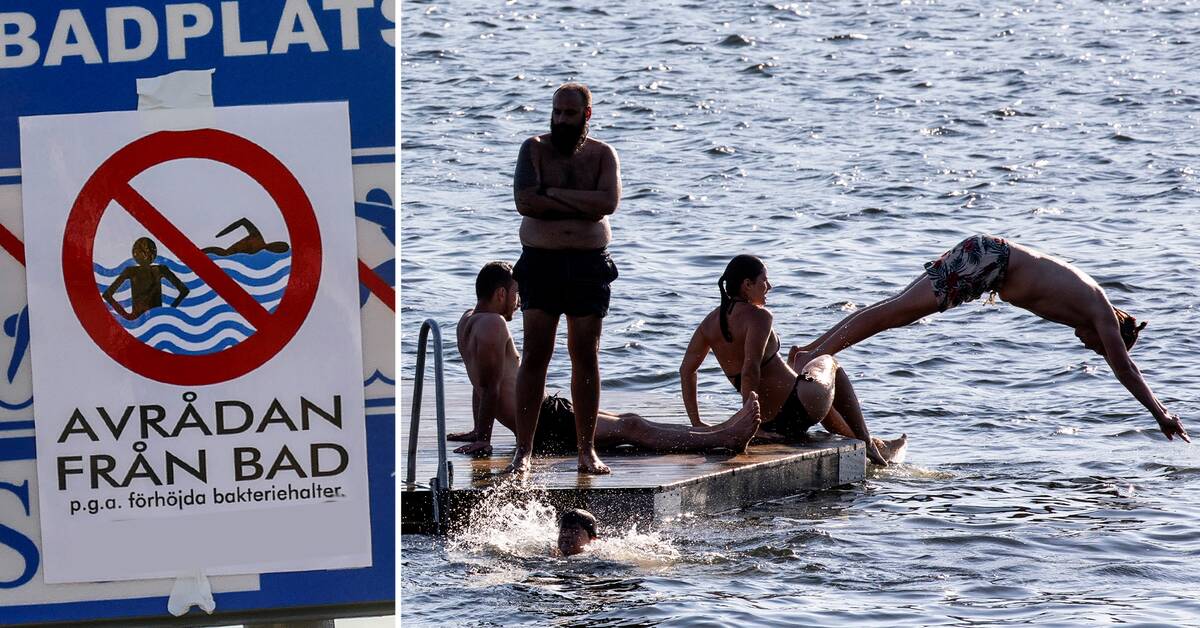Bathing areas that have more than 200 visitors per day during the bathing season must be registered as so-called EU baths.
During the bathing season, the municipality must take several water samples for each EU swimming pool and send the results to the Norwegian Sea and Water Authority, which then publishes the results on the Bathing places website.
When sampling, it is assessed whether there is an algal bloom in the water, whether it contains so-called E. coli bacteria and intestinal enterococci, which are bacteria found in the feces of humans and other warm-blooded animals.
High levels of these substances can, for example, come through bird droppings, sewage or ground runoff after rain.
If you ingest contaminated water, common symptoms are stomach ache, diarrhea and vomiting.
Good bathing water quality in Sweden
The quality of bathing water around Sweden is generally very good and you as a bather can feel safe taking a dip in most places.
That's according to Mikael Krysell, unit manager for environmental monitoring at the Norwegian Sea and Water Authority.
- If the water looks clear and nice and there is no advice, you can feel confident about taking a dip.
On the other hand, there are a few places where swimming is not recommended, and in those places there must be clear signs informing about this.
When is the bathing water at its worst?
- There is usually more algae bloom later, so the greatest risk of finding bad bathing water is at the end of July and the beginning of August when it is at its hottest, says Mikael Krysell.
In the clip above, you can see how it goes when you take a water sample at a bathing place.

